Louvre Museum Facts – Fun Facts About the Louvre’s History
What is the largest museum in France currently? If you were told that it is the Louvre Museum in Paris, then your next question might be something like, “Is the Louvre the largest museum in the world?” Just how big is the Louvre, though, and what was the Louvre before it was an art museum? In this article, we will look at the Louvre’s history as well as the most important Louvre Museum facts to answer your questions such as when was the Louvre built and where is the Louvre Museum located.
Contents
- 1 The Louvre Museum: Facts and History
- 2 Interesting Louvre Museum Facts
- 2.1 The Louvre Has One of the World’s Best Art Collections
- 2.2 The Architecture Is Itself a Work of Art
- 2.3 The Louvre Did Not Contain Any Artworks During World War II
- 2.4 One of the Museum’s Most Famous Artworks Was Stolen in 1911
- 2.5 Nazis Used the Louvre to Store Stolen Artworks
- 2.6 The Allied Forces Were Sent Secret Messages Not to Bomb the Museum
- 2.7 There Are Rumors That the Museum Is Haunted
- 2.8 There Are Actually Two Louvre Museums
- 2.9 More Than 65% of the Artworks Are by French Painters
- 2.10 It Is Not Known Where the Name of the Museum Originally Came From
- 2.11 The Louvre Pyramid Was Not Built by a Frenchman
- 3 Frequently Asked Questions
The Louvre Museum: Facts and History
The Louvre is without a doubt the most successful institution of its kind on the planet, which is astonishing given that the Vatican has been working on its collection for much longer. The museum is regarded as a cultural icon of Paris. Despite it being the largest, it is even more well-known because of its incredible collection of artworks from many of the world’s most notable artists that ever lived.
But before we discover the most interesting facts about the Louvre Museum, let’s take a deeper look at the Louvre’s history.
The Louvre’s History
Where is the Louvre Museum located and when was the Louvre built are the first questions to answer when it comes to this famous museum. It was completed in 1793 and is situated in the heart of the famous city of Paris. But what was the Louvre before it was an art museum? The Louvre was initially constructed as a stronghold in 1190, but it was rebuilt as a royal residence in the 16th century. It, like many other structures, was erected and renovated over time.
The Louvre expanded dramatically during its existence as a royal home. It was enlarged by nearly every king.
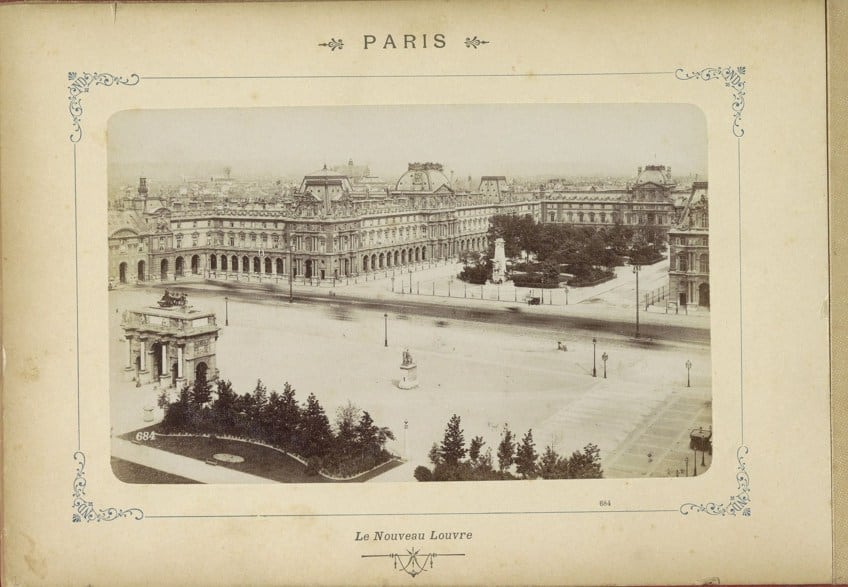
So, how big is the Louvre? It now has a total size of 60,600 square meters. Louis XIV relocated the royal house to Versailles in 1682, and the building subsequently became host to different art academies, which held regular exhibits of the works of their members. Louis XVI and his wife were taken from Versailles during the French Revolution and incarcerated at Tuileries Palace, which at the time was close to the Louvre. In 1793, they were executed there.
The National Assembly founded the Louvre as a museum In August 1793, with a massive archive of over 530 various works. Due to structural problems, the museum had to be shut down in 1796. Napoleon expanded the inventory and relaunched the museum in 1801, at which point it was given the new name, Musée Napoléon.
Napoleon Bonaparte laid the groundwork for what is now the world-famous Louvre Museum. He desired to be in charge of developing an art collection for the Louvre.

That is why, in 1802, he christened it the Napoleon Museum. He wished to establish a French museum with a magnificent collection of artworks from all around the planet. He added to the museum’s collection by importing art from his battles, private gifts, and commissions. Napoleon received plunder from Italy, Belgium, Prussia, and Austria. When Napoleon abdicated in 1815, about 5,000 various artworks were repatriated to their respective nations. Only a few hundred pieces were permitted to remain in France, and the Louvre resumed its previous name.
Many antiquities from Napoleon’s Egyptian conquests remained. Following Napoleon, the Louvre kept expanding.
Interesting Louvre Museum Facts
Now that we have covered the Louvre’s history, we can dive into the most interesting facts about the Louvre Museum. Besides being the largest, the old building must have some interesting stories to share. The architecture itself is worth a mention, never mind the stories behind all the artworks!
The Louvre Has One of the World’s Best Art Collections
Egyptian antiquities, classic Greco-Roman statues, artworks by the Old Masters (noteworthy European painters that were active before 1800), royal treasures, and other relics from French aristocrats are all part of the Louvre’s collection. Its works date from the sixth century BC through to the 19th century AD At any given moment, more than 35,000 pieces are on exhibit.
Egyptian antiquities, Near Eastern antiquities, Etruscan, Greek, and Roman antiquities, Sculptures, Islamic Art, Paintings, Decorative Arts, and Drawings and Prints are among the eight divisions represented.
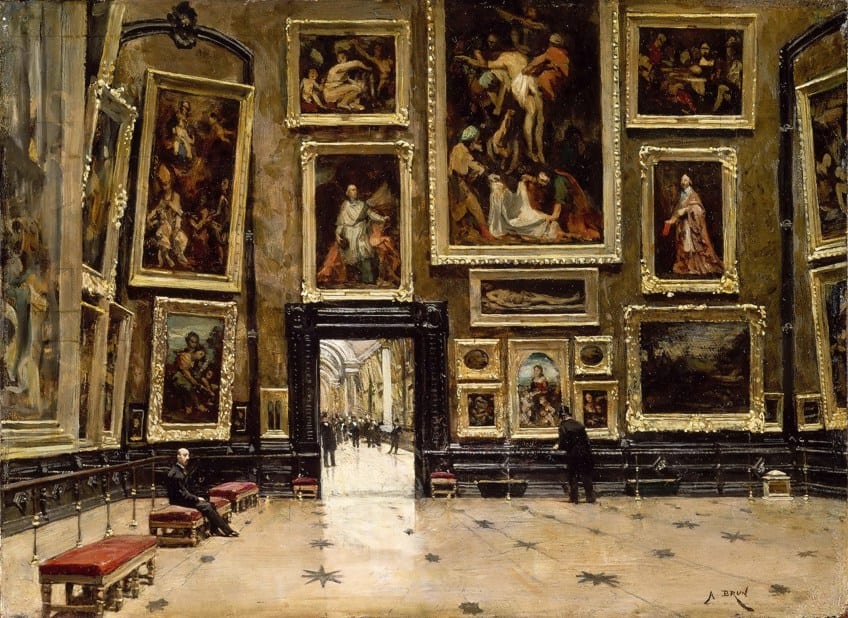
The Louvre’s most renowned painting, without a doubt, is Leonardo da Vinci’s Mona Lisa (1504), which charms thousands of tourists with her mysterious grin. This small, classic artwork is protected by bullet-proof glass and security. This safeguard was put in place after it was stolen in 1911.
Masses also gather to admire the magnificence of the Venus de Milo (c. 150 BC) and The Winged Victory (190 BC), an early Greek statue.
Other well-known artworks include Liberty Leading the People (1830), by Eugene Delacroix which portrays an exposed Liberty deity leading a militia during the French Revolution, The Coronation of Napoleon (1807) by Jacques-Louis David, which was paid for by Napoleon himself, serves as an excellent way to remember the Louvre’s history.
The Architecture Is Itself a Work of Art
Although the museum’s collection is the most intriguing component today, the structure itself is also a significant attraction. The structure is predominantly created in the Renaissance and French Classical styles. The early medieval features of the ancient fortification may still be found below, beneath the pyramid, in the lobby area.
The Colonnade on the Louvre’s eastern façade is possibly its most famous feature. It was built in the 17th century and is an exemplar of French Classicism. It is made out of Corinthian pillars with pavilions at each corner.

The Grand Louvre, the name of the renovation project for the Louvre Museum, began in 1983. The plan included a facelift for the main entryway. The task was given to I.M. Pei, the architect who built a sophisticated glass pyramid structure in the courtyard with an underground lobby. The pyramid, which was inaugurated in 1988, would become a recognized feature of the iconic museum’s architecture. It demonstrates the Louvre’s everlasting beauty by combining classic style with contemporary architecture.
A skylight sinking into the basement lobby, The Inverted Pyramid, was revealed in 1993.
The Louvre Did Not Contain Any Artworks During World War II
Hitler’s forces started the systematic plundering of artworks from private art collections and museums as soon as the invasions began. Jacques Jaujard, the assistant director of the French National Museums, predicted that the museum would need to be safeguarded.
Ten days before the declaration of war, he ordered that 3,700 canvases, and sculptures, be wrapped, packaged, and transported to safe locations.
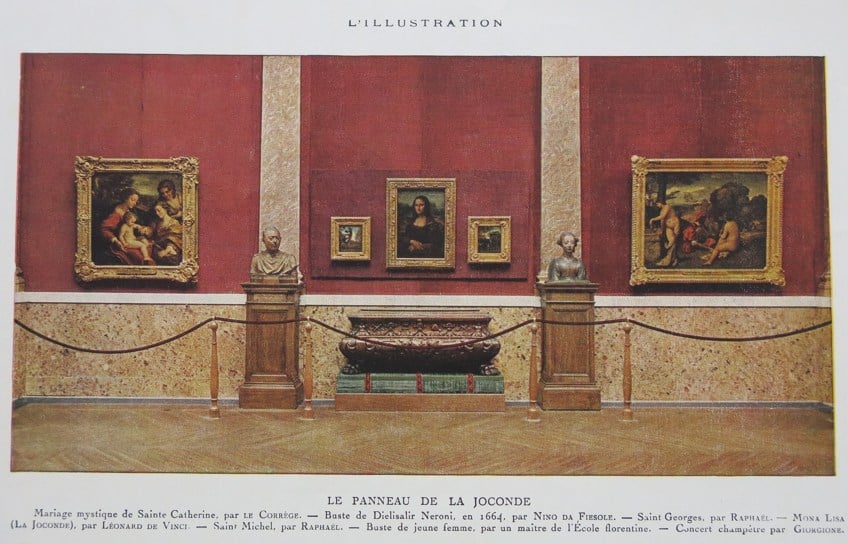
Somehow, Jaujard was able to pull it off, and between August and December 1939, 200 trucks transported the Louvre’s artifacts in roughly 1,900 containers. A curator was assigned to each truck. 40 museums were demolished or severely damaged during the invasion of France.
The Nazis, though, were met with nothing but empty corridors when they reached the Louvre.
One of the Museum’s Most Famous Artworks Was Stolen in 1911
Vincenzo Peruggia, an Italian handyman, stole the artwork from the Louvre on the 21st of August, 1911. The artwork, which had not yet captivated the eye of millions, was quickly brought to everyone’s awareness. Pictures of the artwork emerged in foreign publications, and the artist finally became well-known. For two years, while Mona Lisa rose to popularity, she was kept in the dark. Even Picasso was considered a suspect until the glazier attempted to sell the artwork to an Italian art collector, who notified the police.
The Mona Lisa was found, and by the time she came home, she had grown into the world’s most renowned artwork.
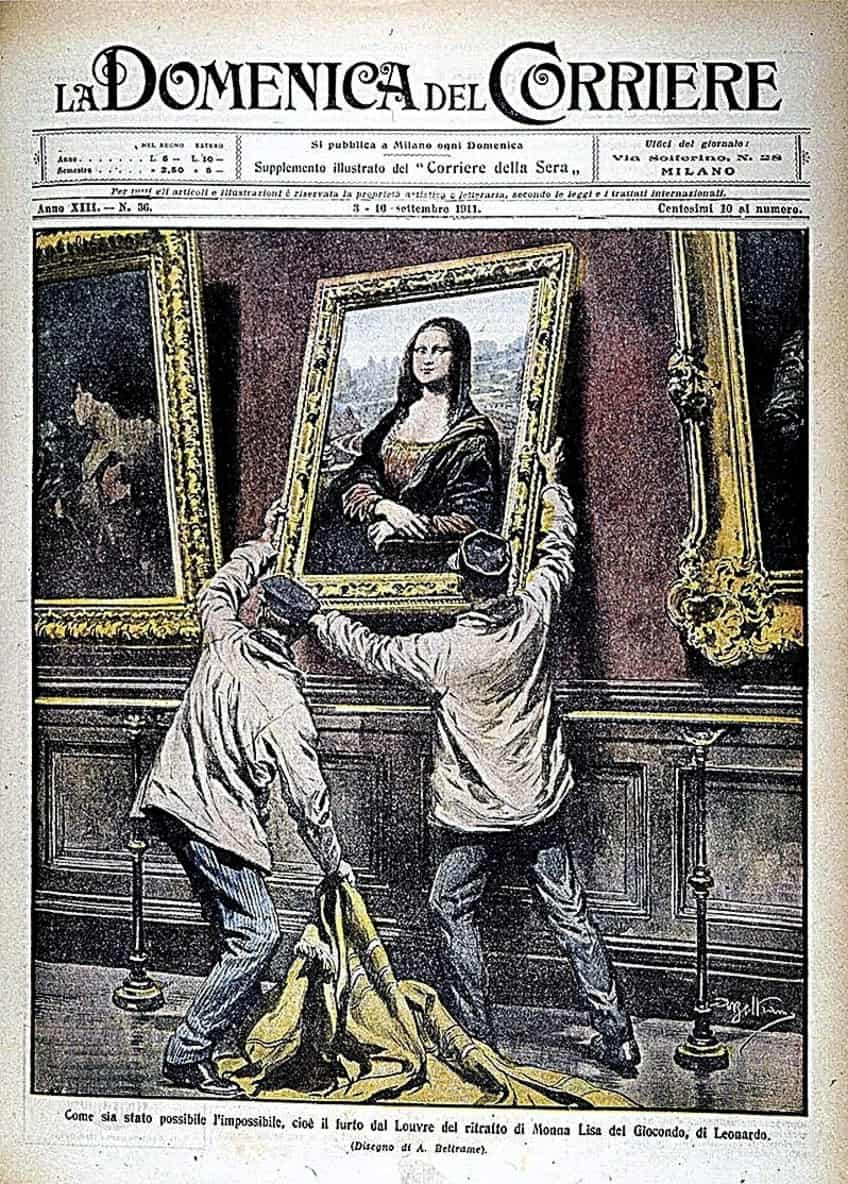
Nazis Used the Louvre to Store Stolen Artworks
According to Hitler’s orders, Jewish private property was to be confiscated. To that purpose, the ERR was formed, a task group committed to theft and destruction. The Nazis saw the vacant halls of the Louvre as a chance to store the artworks they were “protecting”.
They commandeered three Louvre chambers for this purpose. Jaujard thought that this would aid in keeping track of things.
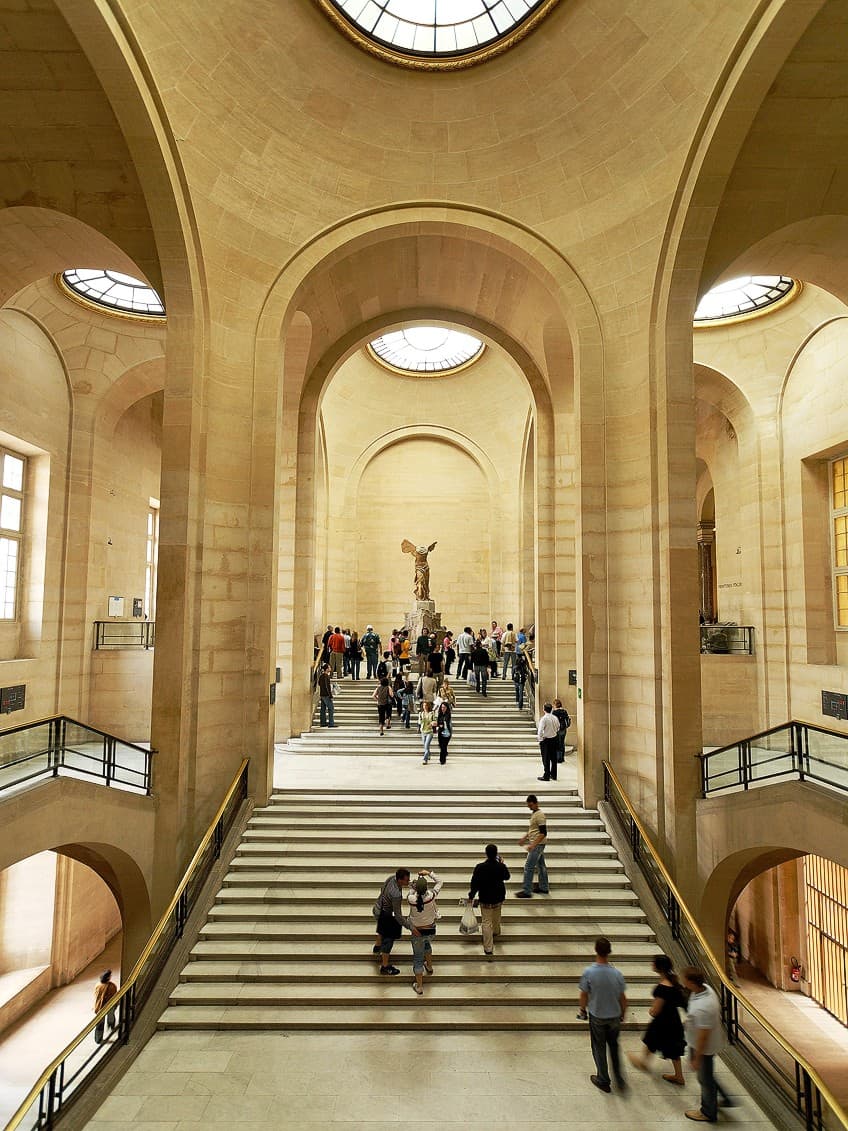
These Nazi-looted paintings are part of the Louvre’s collection, and to correct historical wrongs, the institution has been striving to return the paintings to their original owners. They’ve even put up a lot of artwork to be displayed to the public.
Yet, since 1951, the Museum has only been able to repatriate 50 such artworks and still possesses around 1,750 Nazi-looted artworks.
The Allied Forces Were Sent Secret Messages Not to Bomb the Museum
When the Allies arrived in France, Jaujard delivered a coded message over the radio declaring, “The Mona Lisa is smiling”, to inform them of the location so they would not be bombed. They also erected big “Louvre” signs on the lawns of buildings so that aircraft could see them from overhead. By 1947, all of the scattered artworks had been restored to the Louvre. The bullet holes that were fired during the recapture of Paris when the museum’s court was used as a jail for German prisoners are the only relics of this period in the Louvre’s history.
The other is the engraving of Jaujard’s name on the Louvre walls, at the Louvre School entrance.
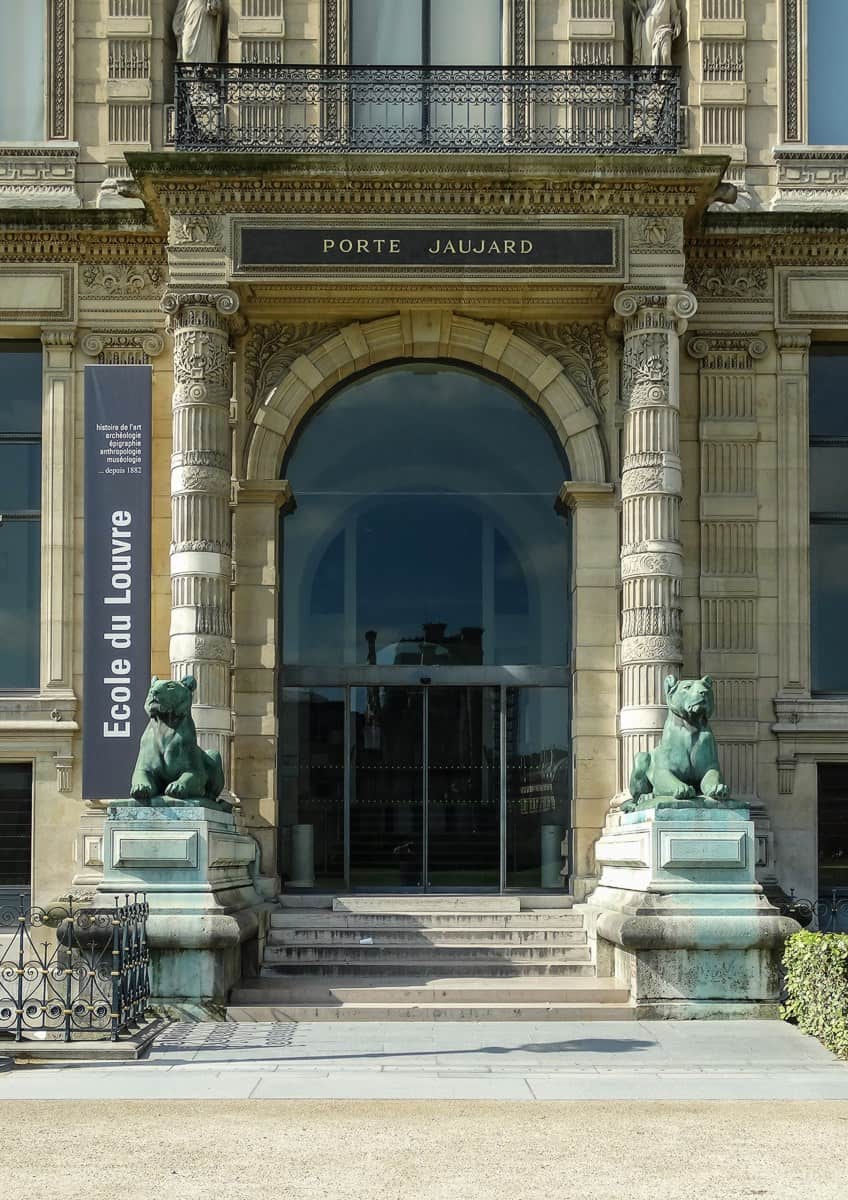
There Are Rumors That the Museum Is Haunted
The Louvre is about 800 years old, so it’s hardly surprising that many claim it’s haunted. The museum appears to be home to three harmless ghosts. The most renowned appearance is that of Jean l’Ecorcheur, a butcher known as Jack the Skinner. Queen Catherine de Medici ordered his assassination because she was frightened, he knew too many nasty facts about the royal family.
He may still be seen wearing red throughout the Tuileries Gardens, earning him the moniker “Red Gentleman of the Tuileries”. The museum’s corridors are also said to be inhabited by a mummy named Belphegor.
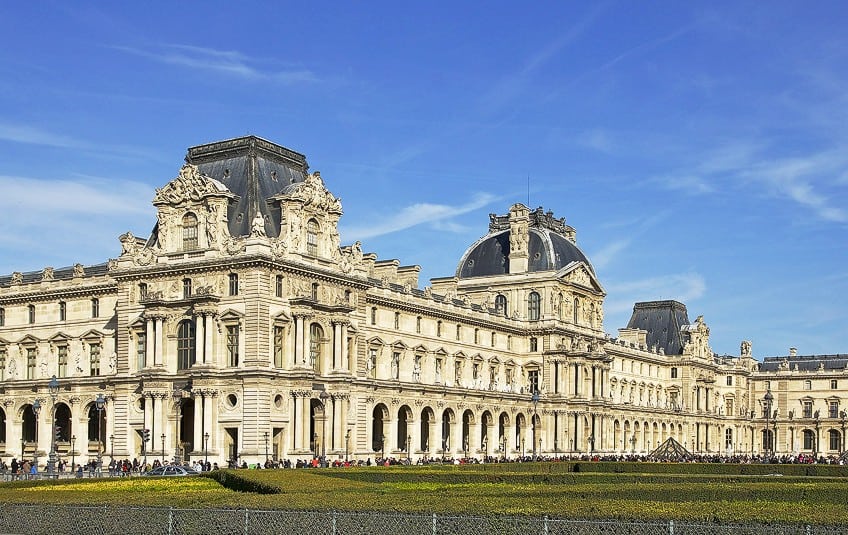
There Are Actually Two Louvre Museums
There is a second Louvre Museum on the globe besides the one in Paris. In 2016, Abu Dhabi finished building the second official Louvre in the world. The Louvre in Abu Dhabi is the Arabian Peninsula’s second-largest art museum. The museum’s completion cost Abu Dhabi more than €600 million.
Currently, the museum receives around one million visitors each year, which is insignificant when compared to the total number of tourists received by the Louvre Paris.

More Than 65% of the Artworks Are by French Painters
Paintings constitute a substantial percentage of the Louvre’s collection. According to the most current estimations, the museum’s famed art gallery houses 7,500 works by painters from all over the world. The artworks are shown in eight different sections. Furthermore, about 66% of these artworks were created by French painters.
Some of the most well-known French artworks to visit are Liberty Leading the People (1830), The Raft of the Medusa (1819), and The Coronation of Napoleon (1807).

It Is Not Known Where the Name of the Museum Originally Came From
The origin of the museum’s name is obscure, and most historians believe one of two possible explanations. According to the first, the term “Louvre” derives from the Latin lupara, which means “wolf”, because wolves once roamed the region.
The other explanation is that it is a mistranslation of the old French term lower, which means “tower”, and refers to the Louvre’s initial use as a defensive construction.
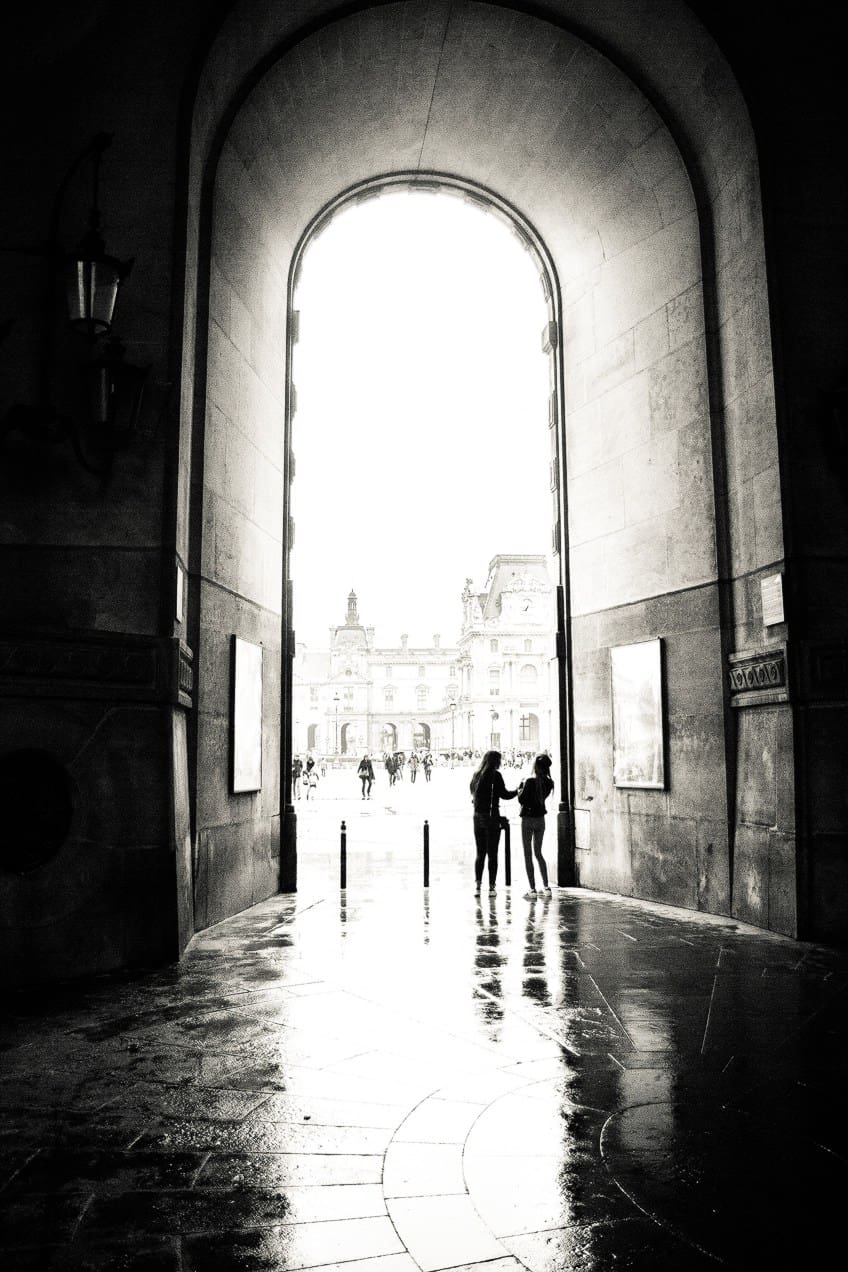
The Louvre Pyramid Was Not Built by a Frenchman
Parisians recruited the architect from outside of France to design the famed Louvre pyramid, as is common with modern architecture. The pyramid is located in the Cour Napoléon, also known as the Napoleon Courtyard, which is regarded as the Louvre’s main entrance.
I.M. Pei had previously designed the Boston Museum of Fine Arts and the National Gallery of Art in Washington, D.C.
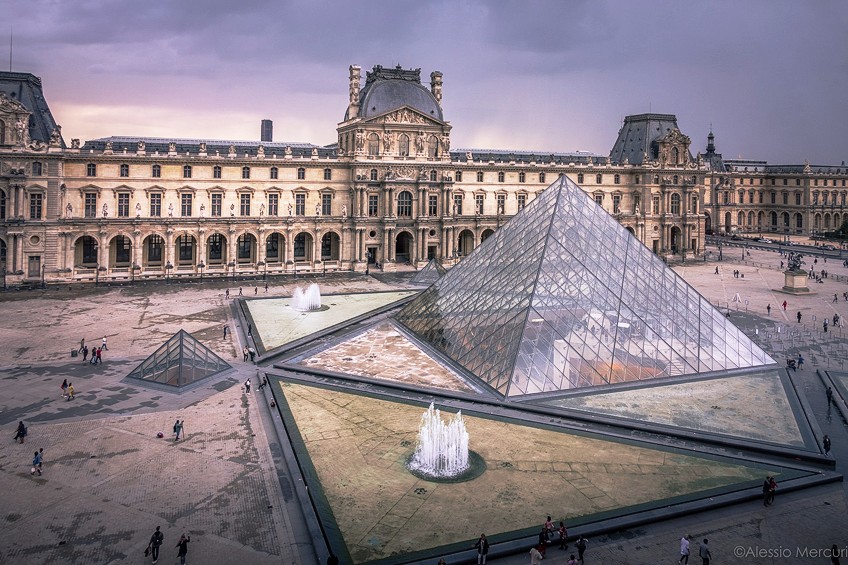
Native Parisians were furious that a foreigner had been chosen for such an important position in such a traditional environment, but this was to be anticipated. Pei was welcomed by the art world for his previous accomplishments. The end effect is an iconic and widely known doorway. The pyramid, like the Eiffel Tower, is a symbol of Paris.
That concludes our look at the most fascinating Louvre Museum facts. Such a large institution with such a long history has provided the world with the ability to experience the best artworks that the world has to offer. Time has also divulged many of the secrets and facts about the Louvre Museum too.
Frequently Asked Questions
When Was the Louvre Built?
On the 10th of August, 1793, the museum was founded with a display of around 540 artworks, the bulk of which were royal and seized church property. The institution was closed from 1796 to 1801 due to structural issues with the edifice. The collection was expanded during Napoleon’s reign, and the institution was renamed Musée Napoléon; however, following Napoleon’s abdication, many masterpieces stolen by his forces were restored to their rightful owners.
What Was the Louvre Before It Was an Art Museum?
The Louvre’s history stretches back to 1190 when King Phillip II of France built it as a fortification to safeguard the city from invaders. The castle was finished in 1202, and King Charles V made the Louvre his royal home in the 14th century. The Louvre Museum was founded during the tumultuous days of the French Revolution. The royal collections became state property once Louis XVI was incarcerated. It opened to the general public in 1793 as the Muséum Central des Arts de la République. The museum’s collection at the time contained around 540 paintings and approximately 180 objects of art.
Exactly How Big Is the Louvre Museum?
The Louvre expanded dramatically during its existence as a royal home. It currently boasts a total size of 60,600 square meters as a museum. That makes perfect sense, since where else would it house its magnificent collection of over 479,000 works of art?
What Is the Largest Museum in France in the Present Era?
It is the Louvre Museum. It is around 60,600 square meters in total. That is quite an amazing accomplishment given how many other museums there are in France!
Referring to the Present Era, Is the Louvre the Largest Museum in the World?
Not only is it the largest in France, but also the largest in the entire world! This is regardless of the fact that there is another one in Abu Dhabi! The Louvre Museum is also the world’s most visited museum, followed by the National Museum of China, London’s Tate Modern, and the Vatican Museums. It surpassed the 10 million visitor threshold in 2018 and became the most-visited museum in the world. Of course, the Covid-19 outbreak, which caused the museum to close for 150 days in 2020, had an impact on the number of visitors to the museum. Attendance at the Louvre decreased by 72 percent from the previous year. Considering this, the museum continues to attract millions of tourists and is the most frequented museum in the world, with around 15,000 visitors every day.
Justin van Huyssteen is a writer, academic, and educator from Cape Town, South Africa. He holds a master’s degree in Theory of Literature. His primary focus in this field is the analysis of artistic objects through a number of theoretical lenses. His predominant theoretical areas of interest include narratology and critical theory in general, with a particular focus on animal studies. Other than academia, he is a novelist, game reviewer, and freelance writer. Justin’s preferred architectural movements include the more modern and postmodern types of architecture, such as Bauhaus, Art Nouveau, Art Deco, Brutalist, and Futurist varieties like sustainable architecture. Justin is working for artfilemagazine as an author and content writer since 2022. He is responsible for all blog posts about architecture.
Learn more about Justin van Huyssteen and about us.
Cite this Article
Justin, van Huyssteen, “Louvre Museum Facts – Fun Facts About the Louvre’s History.” artfilemagazine – Your Online Art Source. November 21, 2022. URL: https://artfilemagazine.com/louvre-museum-facts/
van Huyssteen, J. (2022, 21 November). Louvre Museum Facts – Fun Facts About the Louvre’s History. artfilemagazine – Your Online Art Source. https://artfilemagazine.com/louvre-museum-facts/
van Huyssteen, Justin. “Louvre Museum Facts – Fun Facts About the Louvre’s History.” artfilemagazine – Your Online Art Source, November 21, 2022. https://artfilemagazine.com/louvre-museum-facts/.



